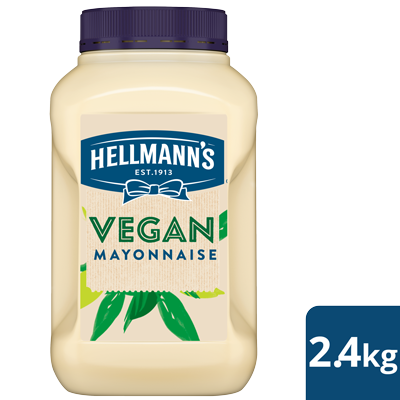Posted on Monday, 5ᵗʰ October, 2020
Deceiving customers is generally frowned upon, but new plant-based alternatives that mimic meat’s texture & taste reverse that notion, with diners increasingly relying on plants to deliver a similar experience.
Diners are interested in the health and animal welfare benefits of vegetarian and vegan eating patterns. Now’s the time to think beyond veggie burgers and branch out into plant-based ‘faux meat'— foods that look and taste like meat, but aren’t. Even sushi is getting in on the meat-less trend. Ahimi is a new tuna alternative made from tomatoes and a few simple ingredients.


Don’t equate faux food with the non-edible plastic meals you see outside of some restaurants. Instead, think of fake food as ‘masquerading’ food, or one food that impersonates another.
Consider the following ingredient swaps which can create great textures and flavours that impersonate:
- Textured vegetable protein instead of ground beef
- Shiitake mushroom ‘bacon’
- Tempeh for chicken
- Seitan in place of deli meats

Plant-based proteins are tied to a number of positives for people and the planet. Swapping meat for plants may reduce saturated fat and can increase the fibre content of dishes. Science¹ shows that vegan and vegetarian diets can reduced the risk of diabetes, certain types of cancer, obesity and heart disease. Also, plants require fewer environmental resources like water and space, which can offset climate change. Finally, vegetarian proteins are food sources that animal lovers can feel good about eating.

Cooking your veggies to the right texture will have your customers embracing vegetables as much as they do their favourite meats. Match the consistency of a vegetable with the meat it's replacing.
- Mix quinoa into mashed beans as a toothsome swap out for hamburger meat in tacos or meatballs
- Shred al dente cauliflower to replace the chew of chicken in nachos


Global dishes are prime for swapping out meat for faux meat. These cuisines are often naturally vegetarian. Also, their enhanced spicing can cover differences between meat and vegetables, and therefore mimic original dishes more closely.
- Use unripe jackfruit in Indonesian curries
- Punch up the protein level of Pad Thai with tofu
- Recreate an Italian favourite with aubergine meatballs & zucchini noodles

Umami is most often associated with a savoury or meaty flavour. While meat traditionally brings umami, plenty of vegetarian foods do as well. Examples are mushrooms, soy sauce, tomatoes, and red wine.
- Add meaty flavour to hearts of palm “crab cakes” with ginger-soy dipping sauce
- Top brioche toast points with red-wine mushroom stew

Made with Knorr® Intense Flavours, this umami miso fried cauliflower and brussel sprouts side dish is so simple to make, yet bursting with complex flavour.
"The content of this article is intended for inspiration purposes only. It is not intended as clinical, medical or nutritional advice."
Top recipes
-
Miso Marinated Tofu Bowl -
Smoked Tofu Burnt Ends -
Zucchini Fritter Burger -
Bánh Mì -
Crispy Mexican Jacket Potato -
Crispy Fried Cauliflower Tacos -
Roasted Vege Salad -
Roasted Pumpkin Salad with Creamy Herb Dressing -
Kimchi loaded Fries -
Kimchi Cream Eggplant Tacos -
Sweet Potato Bhaji and Korma Dip -
Hearty Roasted Cauli -
The Earth Burger -
Tuscan Spaghetti Squash
Related Products
Log in or Create an account to access:
- Get access to this content
- Discover the latest culinary trends
- Explore and save your favourite recipes
- Watch free video training courses for chefs






















